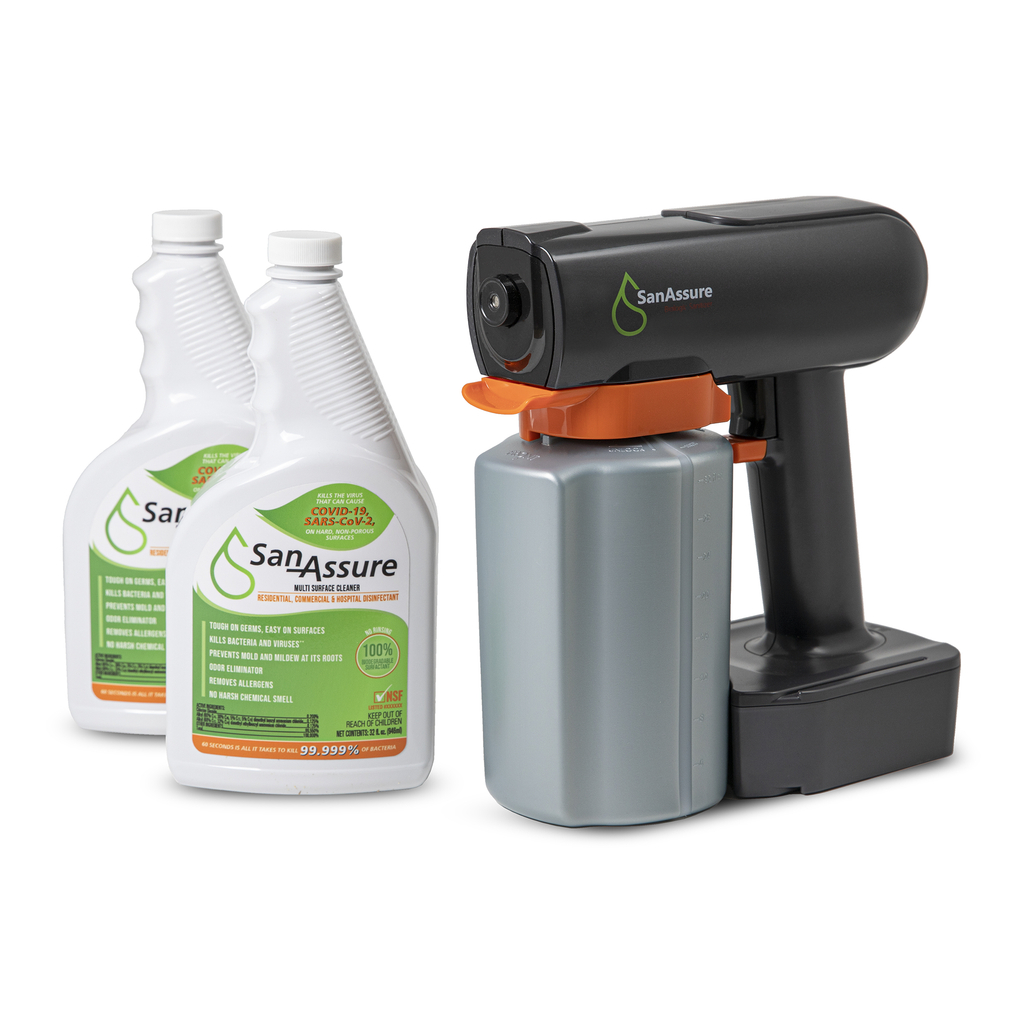Methicillin-resistant Staphylococcus aureus (MRSA) infections, once primarily associated with hospitals and healthcare settings, are now increasingly prevalent in daily community environments like athletic facilities, gyms, and health clubs. This blog post delves into the reasons behind the easy spread of MRSA among athletes and highlights preventive measures to combat this concerning trend.
The Rise of MRSA Infections:
In the past, MRSA infections were considered rare and mainly confined to healthcare settings. However, the situation has evolved, and community-acquired MRSA infections are becoming more widespread, particularly among athletes. This section offers an overview of MRSA and its potential life-threatening consequences.
Contagion and Transmission:
MRSA infections are highly contagious and can easily spread through various means. In athletic facilities, contaminated surfaces, shared equipment, and direct physical contact with infected individuals play a crucial role in transmission. By explaining these modes of transmission, athletes can be aware of the risks and take appropriate precautions.
High-Profile Cases:
Highlighting cases where prominent athletes have suffered from MRSA infections helps shed light on the severity of the problem. The tragic stories of Ricky Lannetti, Mike Gansey, and Daniel Fells bring attention to the devastating impact MRSA can have on an athlete's career and overall well-being.
Vulnerability of Athletes:
Athletes are particularly susceptible to MRSA infections. Factors such as uncovered wounds, cuts, and abrasions during high-performance contact sports create an entry point for the bacteria. Understanding these vulnerabilities can motivate athletes to prioritize infection prevention and seek prompt medical attention when necessary.
Recognizing MRSA Symptoms:
Educating athletes on the signs and symptoms of MRSA infections is crucial for early intervention. Listing common indicators such as redness, swelling, pain, pus-filled areas, and accompanying fever, chills, and body aches can encourage athletes to seek medical care as soon as they suspect an infection.
Prevention Strategies for Athletic Facilities:
To combat the spread of MRSA in athletic environments, preventative measures play a pivotal role. This section emphasizes the importance of adopting comprehensive infection prevention strategies, including regular handwashing, thorough cleaning, and disinfection practices. It also highlights the need for using EPA-approved disinfectants like San-Assure, which have proven effectiveness against MRSA.
Ensuring Effective Disinfection:
Understanding the limitations of standard cleaning and disinfection products in killing MRSA reinforces the need for specialized solutions. Recommending EPA-approved products, like San-Assure, with a proven track record of effectiveness against MRSA, ensures athletes have access to reliable disinfection options.
Best Practices for Athletes:
Empowering athletes with practical advice and best practices is essential in preventing MRSA infections. This section provides tips such as showering after workouts, frequent handwashing, and maintaining clean and bandaged wounds. By adopting these practices, athletes can reduce their risk and contribute to a safer athletic environment.
The easy spread of MRSA among athletes is a growing concern in community environments. By understanding the modes of transmission and implementing effective preventive measures, athletes can safeguard themselves and their fellow athletes from the dangers of MRSA. Prioritizing infection prevention, along with using reliable disinfectants like San-Assure, enables athletes to focus on their performance without compromising their health and well-being. Together, we can tackle the fight against MRSA and create safer athletic spaces for everyone.
